Valery Kleshnev, Biorow.com

The rower's position at the two end points of the stroke cycle: catch and finish, is a common coaching topic. It is easy to see and measure and very understandable by athletes during coaching feedback. Sentences like "keep shins vertical at the catch", "incline longer/shorter with the trunk", etc. are very common in technical models and coaching comments. However, there is a certain lack of scientific evidence in this area.
Some of the world's best rowers were filmed from a stationary point at about the 1750m mark in the A finals of the 2023 World Rowing Championships in Belgrade, Serbia. Gold and silver medallists were analysed for every rower in all Olympic events, except eights (n = 60 rowers). Two frames at the catch and finish (the furthermost oar positions) were selected for each crew at the most orthogonal available boat position relative to the camera to minimise angle distortion error.
The line of the boat's upper edge was used as the reference horizontal axis. Shin angle A at the catch was defined between the horizon and median line of the shins. Knee angle B was measured between the median lines of the shins and thigh. Trunk angle C at the catch was measured between the horizontal axis and median line of the trunk. The trunk angle at finish D was similarly measured.
As rowers and coaches usually talk about trunk angle relative to the vertical axis, complimentary trunk angles were calculated: CV = 90o - C and DV = D - 90o. Amplitude of the trunk swing from catch to finish was calculated as AT = D - C .
On average, the World's best rowers achieve almost vertical shins position at the catch. Average shins angle A in these 60 rowers was 91.6o±6.7o (±SD), which means, The lowest angle 77.9o (12.1o over the vertical) was found on the bow seat of W4x GBR, the highest shins angle 108.8o (18.8o before vertical) was in M1x GER.
The winners have shown more knee "compression" at catch with an average angle of 45.4o, compared to the silver medallists at 49.3o. The average knee angle B was 47.3±8.7o, with the lowest value 33.2o in bow seat LW2x USA and the highest 71.8o, again, in M1x GER, which could be related to the dimensions and technique of the athlete.
Females had significantly "longer" trunk incline at the catch (27.4o) compared to males (21.5o). At the catch, average trunk angle from vertical Cv was 24.5±4.5o with the highest value 35.5o in bow of W2x LTU and the lowest 15.5o in stroke of M2- GBR.
The bigger and faster the boat - the less trunk incline at the finish. At the finish, average trunk angle from vertical Dv was 26.3±4.4o with the highest value 36.9o in bow of M2- SUI and the lowest 14.0o in stroke of W4- NED.
Each step in the boat size - from singles to doubles/pairs - then to fours/quads makes the trunk amplitude shorter by about 2o, due to the shorter trunk angle at finish. Average amplitude of the trunk swing from catch to finish AT was 50.8±5.5o and the winners were slightly longer at 51.7o compared to silver medallists at 49.9o. The longest swing 64.7o was found in bow of LW2x GBR and the shortest 39o - in stroke of M2- GBR.
If you enjoy and rely on row2k, we need your help to be able to keep doing all this. Though row2k sometimes looks like a big, outside-funded operation, it mainly runs on enthusiasm and grit. Help us keep it coming, thank you! Learn more.
Comments | Log in to comment |
- Bont Rowing
- Calm Waters Rowing
- Concept 2
- Craftsbury Sculling
- The Crew Classic
- CrewLAB
- Croker
- Dad Vail Regatta
- Durham Boat Co.
- Empacher
- Faster Masters
- Filippi
- Fluidesign
- h2row.net
- HUDSON
- Live2Row Studios
- Nielsen-Kellerman
- Oak Ridge RA
- Peinert Boat Works
- Pocock Racing Shells
- Race1 USA
- Rockland Rowing Masters Regatta
- RowKraft
- Rubini Jewelers
- Vespoli USA
- WinTech Racing
- Bont Rowing
- Calm Waters Rowing
- Concept 2
- Craftsbury Sculling
- The Crew Classic
- CrewLAB
- Croker
- Dad Vail Regatta
- Durham Boat Co.
- Empacher
- Faster Masters
- Filippi
- Fluidesign
- h2row.net
- HUDSON
- Live2Row Studios
- Nielsen-Kellerman
- Oak Ridge RA
- Peinert Boat Works
- Pocock Racing Shells
- Race1 USA
- Rockland Rowing Masters Regatta
- RowKraft
- Rubini Jewelers
- Vespoli USA
- WinTech Racing




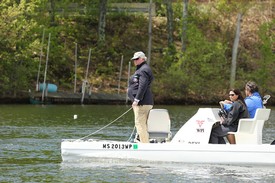
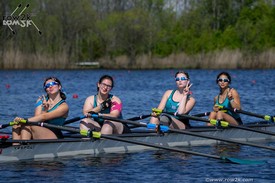




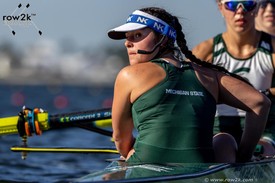
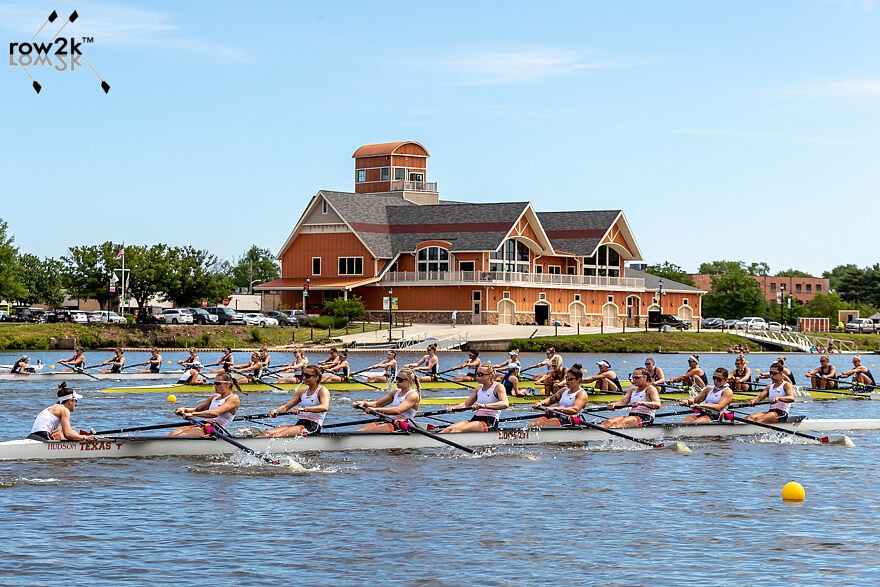


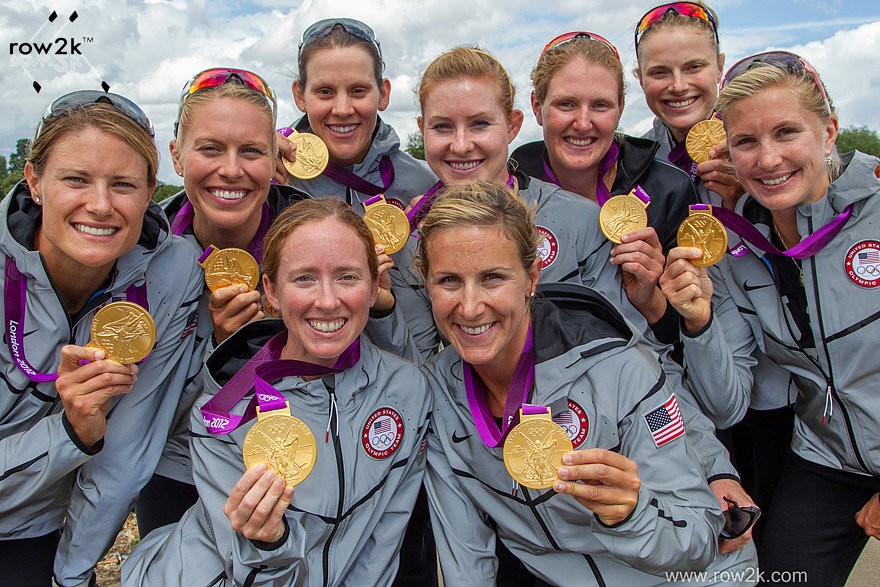


03/20/2024 6:25:48 PM